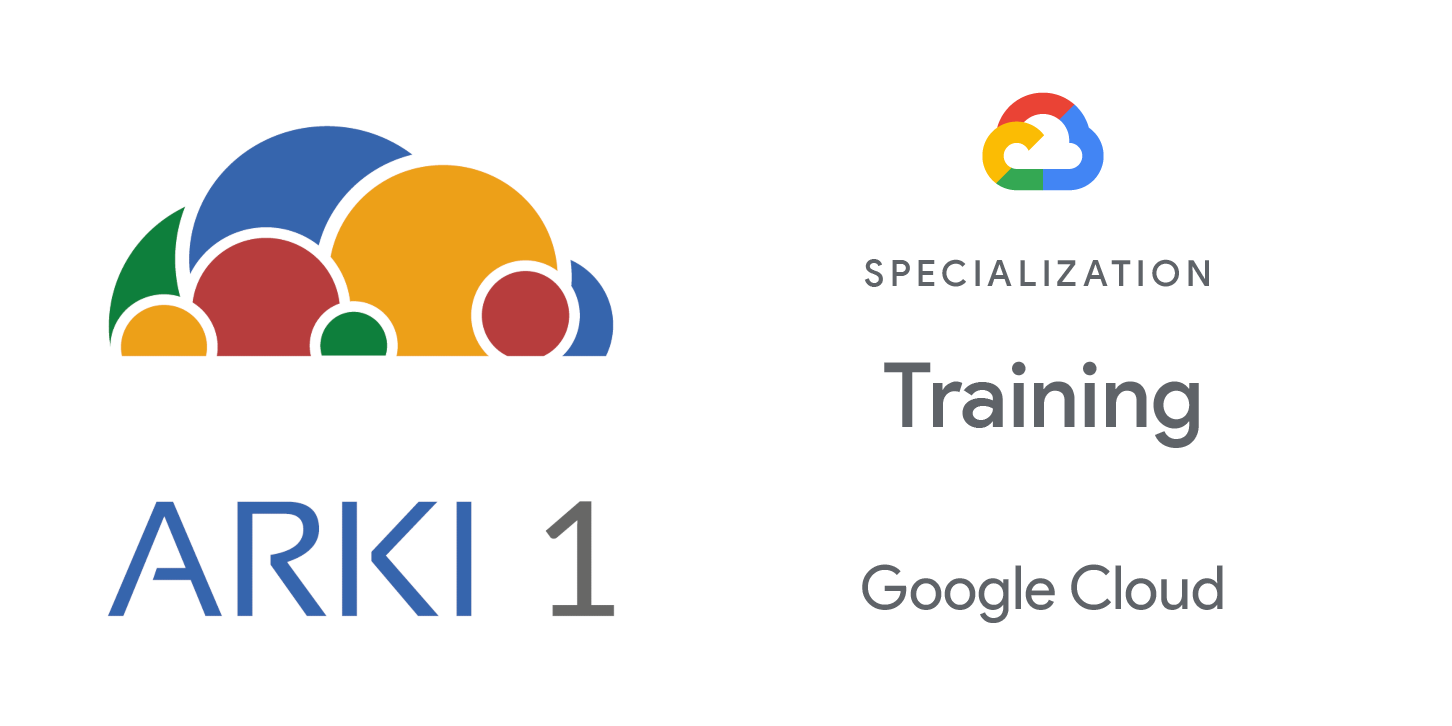In this course, you learn how to design APIs, and how to use OpenAPI specifications to document them. You learn about the API life cycle, and how the Apigee API platform helps you manage all aspects of the life cycle. You learn how APIs can be designed using API proxies, and how APIs are packaged as API products to be used by app developers. Through a combination of lectures, hands-on labs, and supplemental materials, you will learn how to design, build, secure, deploy, and manage API solutions using Google Cloud’s Apigee API Platform.
Objectives
In this course, participants will learn the following skills:
- Explore and put into practice API design, development and management concepts.
- Describe the fundamentals of REST API design.
- Describe API products, API product strategies, and how to publish APIs to a developer portal.
- Describe Apigee terminology and organizational model based on Apigee product capabilities.
- Discuss the role of user authentication and authorization and the importance of API security.
- Identify capabilities available to secure, scale, and manage APIs and API products.
- Explore and put into practice API design, development and management concepts.
- Discuss the out-of-the-box platform capabilities for implementing mediation, traffic management, caching, and fault handling.
- Describe the value and use of API analytics.
- Describe the deployment options for the Apigee platform.
- Interact with the Apigee API Platform.
Audience
This class is intended for the following audience:
Developers, architects, or engineers responsible for the solutioning, design, implementation, or management of APIs, API products, or digital products that leverage APIs.
Prerequisites
To get the most out of this course, participants should have:
- Familiarity with HTTP, XML, JSON, and JavaScript.
Duration
Investment
Course Outline
- Understand the placement and role of API management in modern
application development. - Define logical components and organizational structure of Apigee API platform.
- Differentiate between Apigee flexible deployment models.
- Explain the API lifecycle.
- Describe the fundamentals of REST API design.
- Understand the value of API-first development and how to apply it.
- Define the building blocks of APIs and API proxies.
- Describe how API proxies work and how capabilities such as flows, policies, route rules, environment groups, and target servers play a role.
- Describe how APIs are exposed.
- Describe how API proxies connect to backend systems.
- Generate an API proxy using an OpenAPI specification.
- Run an API proxy in different environments without changing the target URL in the proxy code.
- Route target endpoints using route rules and troubleshoot proxies using the Apigee debug tool.
- Define API products and API product strategies.
- Describe the role of developers, applications, and API keys in API management.
- Describe the API publication process.
- Describe API responses and status codes for REST APIs.
- Publish APIs as products.
- Discuss the importance of API security.
- Discuss the role of user authentication and authorization.
- Discuss the main components of OAuth and its application in the context of API design and management.
- Discuss federated identity and the use of JSON Web Tokens in API proxies.
- Apply the OAuthV2 policy to allow apps to access the retail API proxy by providing an OAuth token.
- Explore platform capabilities for protecting against content-based attacks.
- Discuss transport security and how to protect the connection between Apigee and backend services.
- Discuss how to protect sensitive data using KVMs, data masking, and private variables.
- Protect an API proxy against content attacks and malicious requests.
- Prevent internal users from getting unauthorized access to sensitive data.
- Apply a private variable and a debug mask to hide data when debugging an API proxy
- Describe the out-of-the-box platform capabilities for implementing mediation and fault handling.
- Describe implementation patterns and policies for JSON, XML, and SOAP.
- Discuss extensibility options using Service Callouts, JavaScript, and Java.
- Explore development practices and capabilities used to reuse, share, and enforce execution of flows and policies.
- Describe when and how to use traffic management.
- Evaluate options and applicable use cases for rate limiting with spike arrests and quotas.
- Describe caching strategy and how to apply it.
- Describe API Publishing strategy and process.
- Expand understanding of REST API Design by discussing API versioning.
- Describe the role of developer portals in the API lifecycle and as a critical part of API strategy.
- Create, configure and use a developer portal.
- Discuss available options for message logging.
- Discuss the value and use of API analytics
- Discuss recommended practices and tooling for Apigee offline development and CI/CD.
- Describe the Apigee deployment options.


